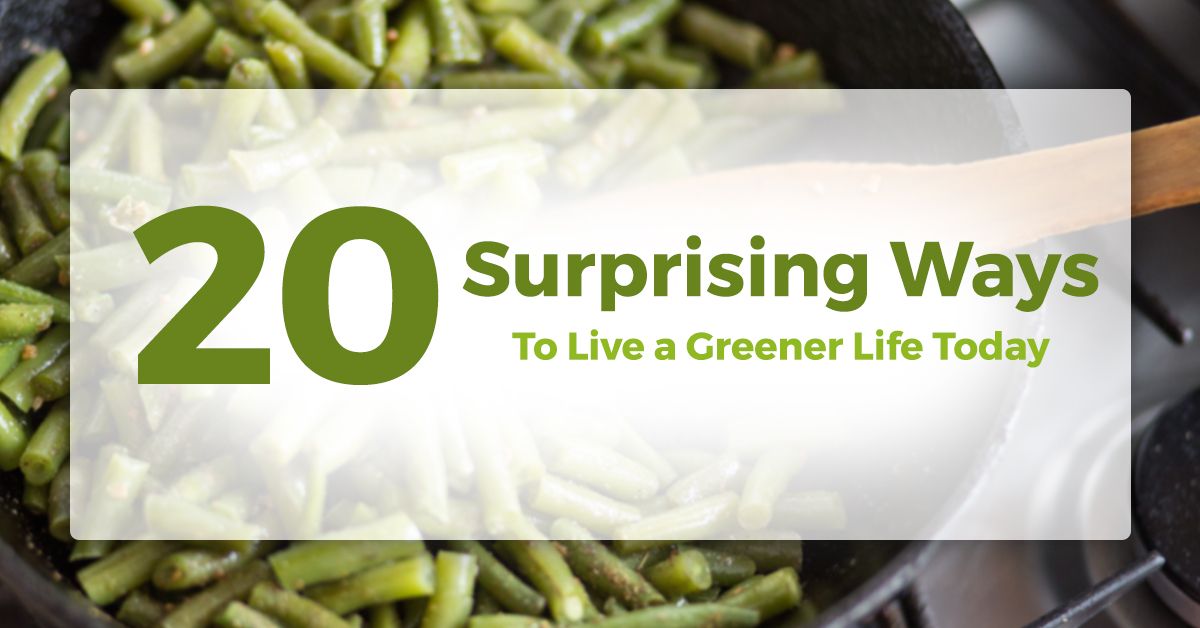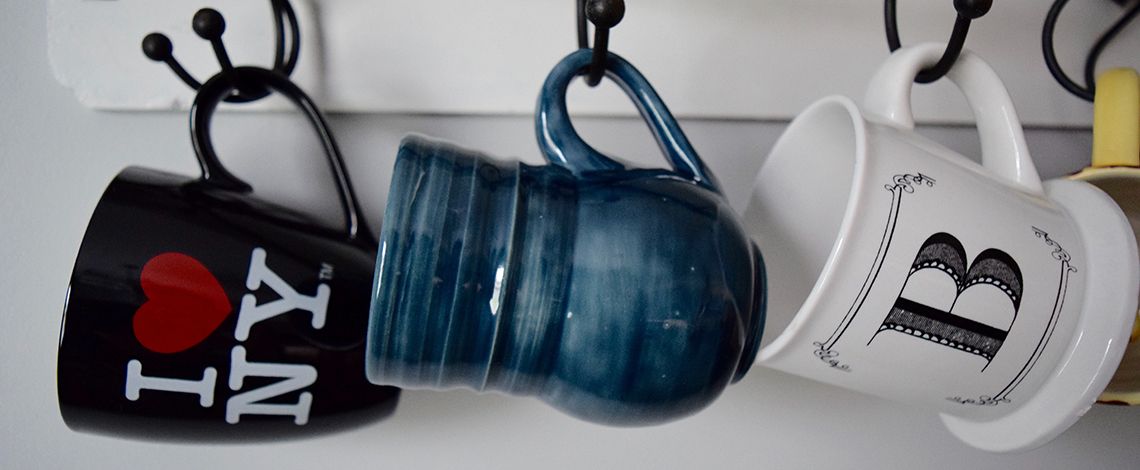We started UMG Cleaning in 2007 because we were concerned with the long-term health and environmental effects of traditional cleaning products. We wanted to offer the best and most thorough, nontoxic, green cleaning services that would not add to our or your carbon footprint! Since then, we have been committed to our environmental stewardship and have been recognized by New York Magazine and Time Out Magazine for our successes. We also strive to continue our eco-friendly efforts outside of our cleaning services, and we hope others do the same! This is why we have come up with a list of small and extremely simple steps you can take, daily, to go just a little more green!
1. Vinyl shower curtains contain more than 110 different types of chemicals that are emitted into the air. By swapping out your vinyl curtain, you will avoid that irritating “plastic smell” in the bathroom as well as protect the environment from those nasty chemicals seeping from the vinyl. Instead choose a curtain that is made of cloth, bamboo, or PVC-free plastic.
2. While an ultra-full freezer may be overwhelming and feel a tad cluttered, packing your freezer to the brim is the best and most eco-friendly use of space. According to the Natural Resources Defense Council, it takes much more energy to cool an empty freezer. So head to the store, stock up on your frozen favorites, and stuff that freezer full!
3. Nonstick pans are so easy to care for and post-meal cleanup in a cinch. Did you know, though, that the surface on nonstick cookware contains chemicals that are characterized by high resistance to solvents, acids, and bases—great for creating a slick surface on pans, but not great for the environment? When these chemicals break down, they turn into compounds, some of which are carcinogens that can get into your food. Swap out your nonstick pans for cast iron skillets. Not only do cast irons have nonstick surfaces, but they also add amazing, unique flavors to your food and require very little maintenance—simply wipe them out with a wet paper towel and rub on a little unsaturated cooking fat, like vegetable oil, if the skillet seems to be “dry.”






